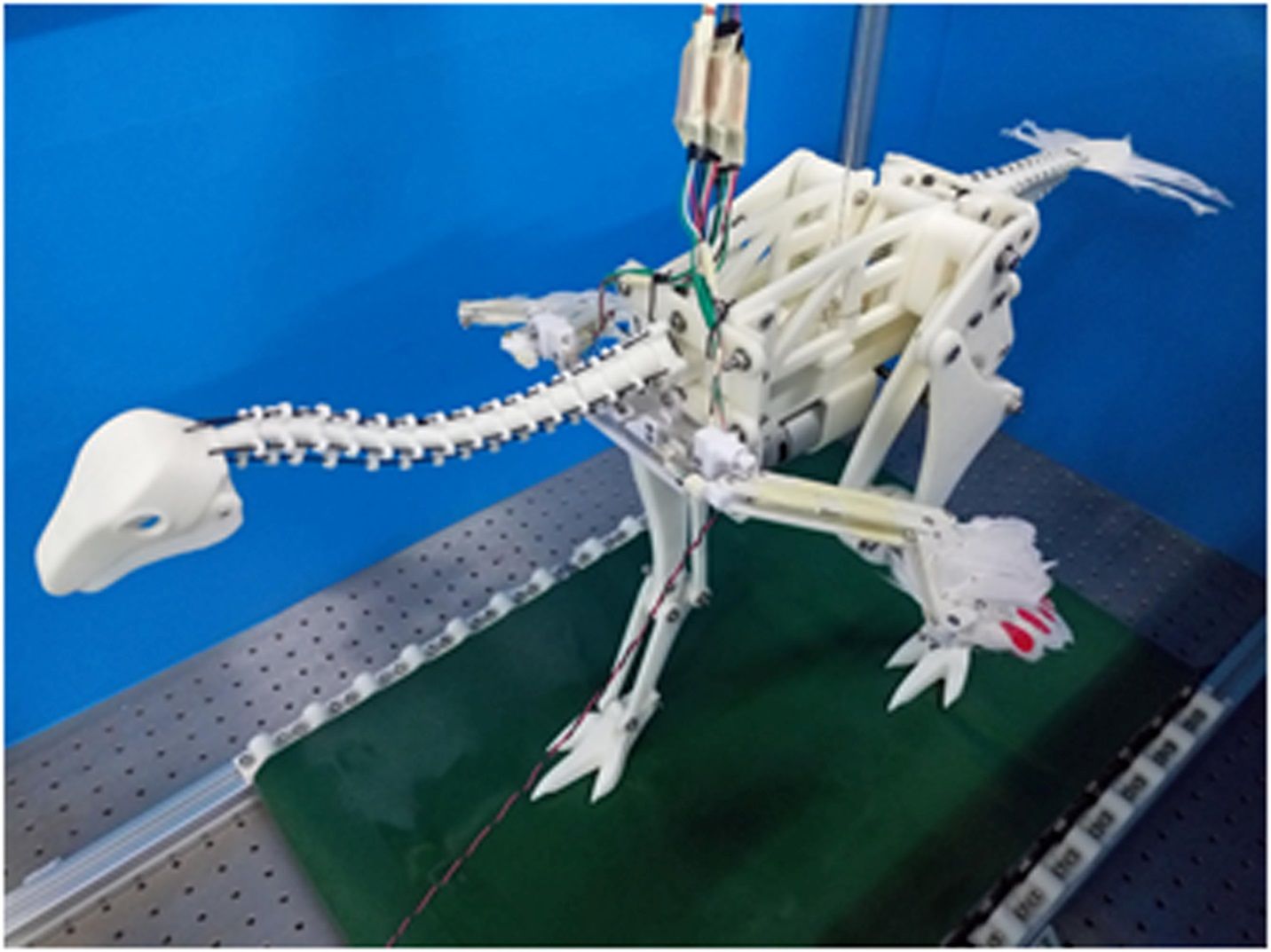
The origin of avian flight has been one of the most hotly debated topics in the field of paleontology since the 1861 discovery of Archaeopteryx—a fossil which marks a transitional phase in the evolution of feathered dinosaurs into modern birds.
Now, researchers have proposed a new explanation for how this ability may have developed, according to a study published in the journal PLOS Computational Biology.
A team from Tsinghua University and the Chinese Academy of Sciences, both in Beijing, suggest that two-legged dinosaurs may have begun to flap their wings as a passive response to running along the ground.
"We want to understand how the avian flapping-flight evolved," Jing-Shan Zhao, lead author of the study, told Newsweek.
To do so the team investigated Caudipteryx—the most primitive, non-flying dinosaur that we know to have had feathered "proto-wings." This animal walked on two legs, would likely have weighed around 11 pound and could have been capable of running at speeds of up to 18 miles an hour.
"Investigating the aerodynamic properties of the proto-wings of Caudipteryx in running has the potential to shed light on the origin of avian flight," Zhao said.
Using a mathematical approach, the team analyzed the effects of running on various parts of Caudipteryx's body. Their calculations showed that when the dinosaur ran between speeds of around 5 and 13 miles an hour, vibrations in its body would have caused its wings to flap involuntarily.
The scientists then constructed a life-size robot of Caudipteryx which could run at different speeds. Tests with this machine confirmed the results of the mathematical calculations that running caused a flapping motion of the wings.
In addition, the scientists fitted a young ostrich with artificial wings to mimic the dinosaur, finding again, that running caused the wings to flap.
According to the researchers, these results demonstrate that the motion of flapping feathered wings was developed passively as the dinosaur ran on the ground.
"The passive oscillation of wings up and down is helpful to generate lift and thrust under the excitation of legs in running," Zhao said. "This is a precursor to flight."
"[The findings] help us understand the evolution of avian flight better," he said. "Because of the lift and thrust, this passive oscillation made it feel easier for the feathered dinosaur to run on the ground and then this passive flapping could have provided the initial training for active flapping."
Uncommon Knowledge
Newsweek is committed to challenging conventional wisdom and finding connections in the search for common ground.
Newsweek is committed to challenging conventional wisdom and finding connections in the search for common ground.
About the writer
Aristos is a Newsweek science reporter with the London, U.K., bureau. He reports on science and health topics, including; animal, ... Read more
To read how Newsweek uses AI as a newsroom tool, Click here.








